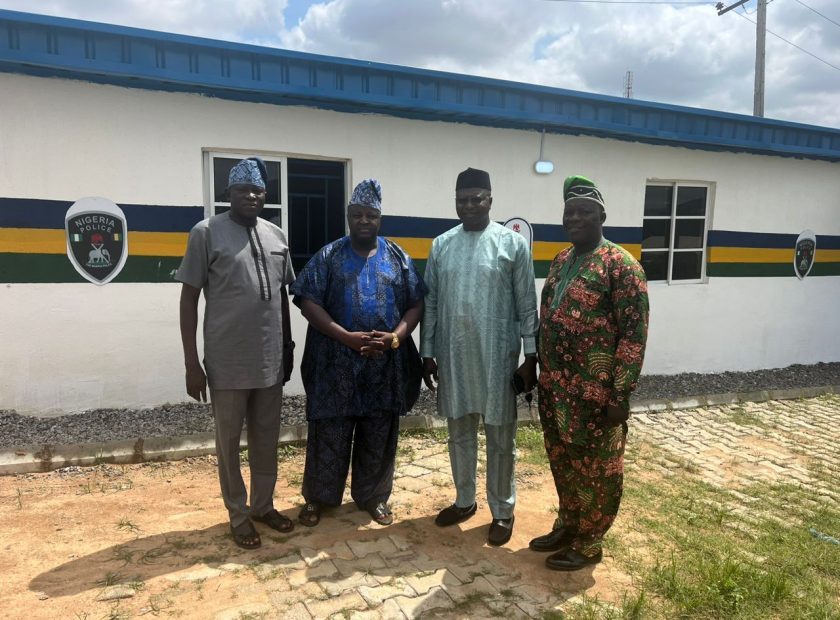I
In an increasingly interconnected world, the relationship between law enforcement agencies and the communities they serve holds paramount importance. A strong and positive bond between the police and the community can lead to safer neighborhoods, improved crime prevention, and enhanced overall quality of life. To achieve these outcomes, it is crucial for individuals and law enforcement alike to understand how to make the most of police-community engagement.
Building Trust and Communication:
At the heart of a successful police-community relationship lies trust and effective communication. For community members, establishing trust involves being open to dialogue, actively participating in discussions, and engaging in transparent conversations with law enforcement officers. Similarly, law enforcement agencies must initiate efforts to build trust by demonstrating accountability, addressing community concerns, and valuing the input of the people they serve.
How to make make the most of Police Community Relations Committee (contd)
Participation in Community Activities:
Active participation in community activities organized by the police is a key step towards fostering a sense of unity. Town hall meetings, community policing events, and workshops provide platforms for citizens to interact with law enforcement officers on a personal level. Attending these events not only allows community members to voice their concerns but also gives law enforcement officers the opportunity to share insights into their roles and challenges. This exchange of perspectives can bridge gaps and promote understanding.
Sharing Information and Collaboration:
Effective community engagement involves a collaborative effort in tackling safety concerns. Community members can contribute significantly by sharing information about suspicious activities, potential threats, and crime trends. Law enforcement, in turn, can provide guidance on crime prevention strategies, personal safety measures, and emergency preparedness. Collaborative efforts between police and the community create a more proactive approach to maintaining safety.
Education and Empowerment:
Education is a powerful tool that empowers both law enforcement and community members. Workshops, seminars, and training sessions organized by the police can equip citizens with the knowledge they need to protect themselves and their neighborhoods. Learning about crime prevention tactics, recognizing signs of criminal activity, and understanding the roles of law enforcement can lead to a safer environment. Empowered citizens are more likely to take an active role in maintaining community well-being.
Promoting Positive Police-Community Relations:
Promoting awareness and positive police-community relations goes beyond personal interactions. Community members can play a role in dispelling misconceptions about law enforcement by sharing accurate information through social media, community newsletters, or local events. Highlighting instances of positive interactions between police and citizens can help build a more balanced perception of law enforcement agencies.
Feedback and Continuous Improvement:
The police-community relationship is not static; it requires continuous efforts and adaptation. Providing feedback to law enforcement agencies about their practices, responsiveness, and areas of improvement is essential. Constructive feedback fosters a culture of accountability and demonstrates that the community is invested in the success of local law enforcement. Moreover, agencies that actively seek feedback are better equipped to make positive changes based on the needs of their communities.
In conclusion, the benefits of a strong police-community relationship are far-reaching and mutually reinforcing. Building trust, effective communication, and collaboration are central to this partnership. By participating in community activities, sharing information, seeking education, and promoting positive perceptions, both law enforcement agencies and community members can work together to create safer neighborhoods and enhance overall quality of life. The efforts invested in strengthening this bond lay the foundation for a harmonious coexistence where safety and well-being are shared priorities


Thank you for this great information
Great organisation! Community Policing is the way